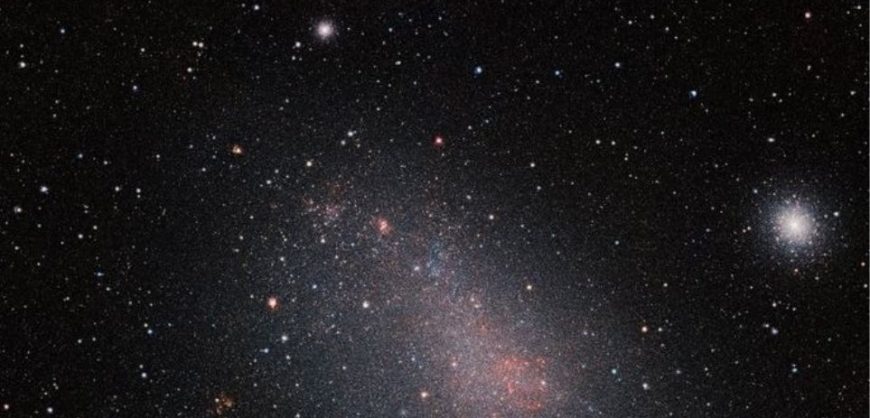There are loads of potentially-habitable exoplanets out there in the galaxy, but because they’re so far away, they’re incredibly difficult to study.
Being able to take a close look at these worlds would help, but we don’t have any telescopes powerful enough. Now, though, Universe Today points to a hypothetical new telescope design that would use the Sun as a gigantic gravitational lens — so powerful that it could spot individual land masses on the surfaces of planets in other star systems.
Gravitational lensing is essentially using a powerful gravitational field like a magnifying lens. As light travels past a large object — in this case the Sun — it gets warped as if it were passing through rounded glass. A pair of physicists, one from NASA, demonstrate in a paper being considered for publication by the journal Physics Review D that this would give us enough light to see a clear view of exoplanets orbiting the nearby star Proxima Centauri.
Ancient Greece had Market Economy, 3.000 years earlier than thought
Read more: Futurism



































